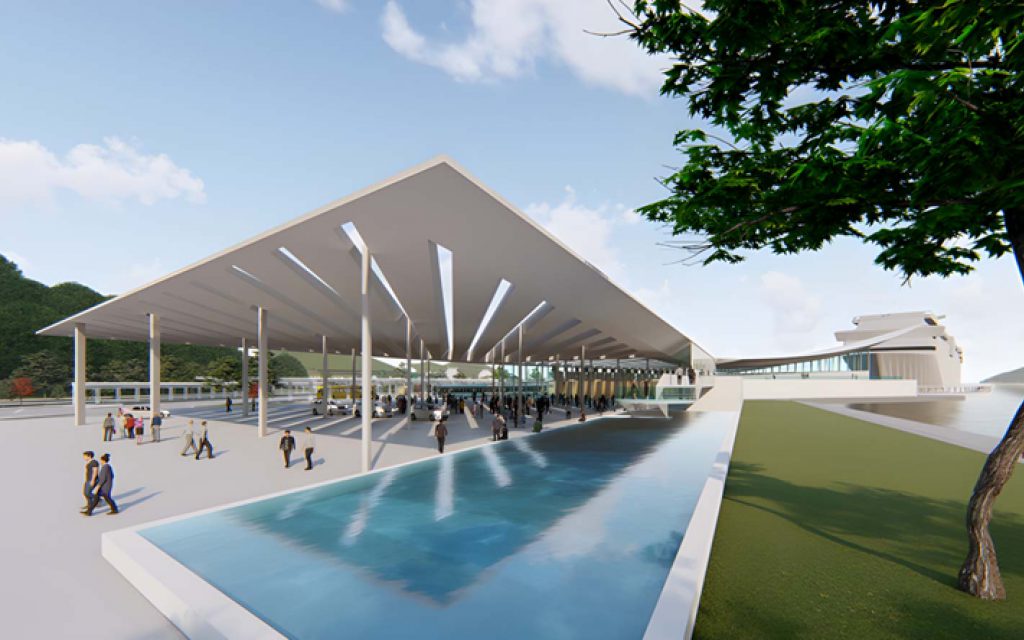With the rise in luxury cruising, the function of cruise terminals are also evolving – they are more than just a structure for disembarkation and embarkation, but also play a big part in shaping the passenger experience.
According to Berenblum Busch Architects, principal and co-founder, Gustavo Berenblum, cruise terminals today need to integrate mixed commercial functions.

He pointed to a cruise terminal project undertaken by the company: “In Costa Rica, our project combines hotel, residences, yacht club, marina, and a lot of retail space. As it is located within walking distance of the city, all of these become a new port city (that) provides holistic benefits for the whole area and the region.”
Berenblum added that adding a retail function to the cruise terminal helps to generate revenue, while incorporating VIP facilities and quality general waiting areas will elevate the passenger experience.
He noted that technology enhancements have surfaced at cruise terminals post-lockdown, such as automated screening lanes, biometric and contactless solutions, and vacuum-lifting equipment. These have increased efficiency at facilities.
He has also observed handheld devices being used to speed up check-ins as well as pre-check-in house calls being offered.
In Asia, Berenblum Busch Architects is building Carnival Cruise’s first terminal in Asia. Designed just before the pandemic, the facility at Sasebo in Japan’s Nagasaki Prefecture is set to open within a few months.
Principal and co-founder Claudia Busch said the new Sasebo cruise terminal will be able to handle “hundreds of thousands of passengers in a positive and welcoming atmosphere”.
The facility’s design is inspired by local culture and the surrounding environment, and takes in natural light and “re-used materials”.




















